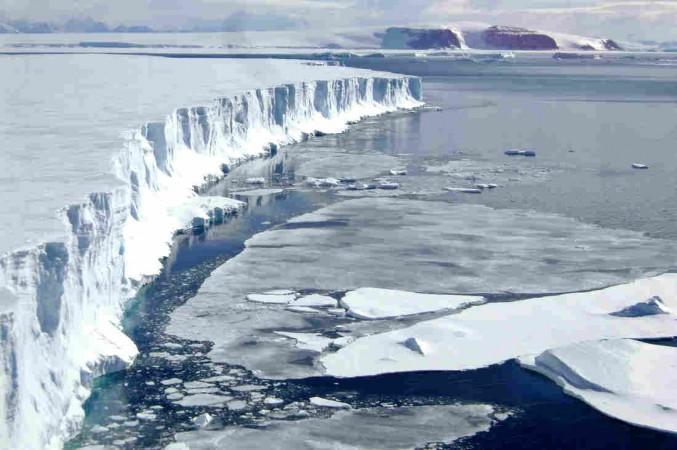
It's already reported that according to a research paper published in the journal 'Nature', Antarctica is melting more than twice as fast as last decade and this has sent enough signals of alarm across the world. But now, Nature has used more satellite data than any other investigation on Antarctica to derive an entirely location-based threat to the US coastal line.
The scientists have found out that Antarctica has lost as much as 3 trillion tons of ice into the sea, starting from 1992. This ice loss has taken place mostly from the West Antarctic Ice Sheet and Antarctic Peninsula.
Now, the location, from where the ice has melted mostly, is significant because it will determine the coastal communities of the near future, believe the climate scientists. Since West Antarctic Ice Sheet is melting, it means that the United States coastline will receive a major hit. It would make the sea level rise by about 25%.
So, basically, the U.S. would face far more sea level rise from the melting of West Antarctic Ice Sheet than that of the Greenland Ice Sheet.
"The Earth's gravitational field changes because we're redistributing mass around the planet," University of Massachusetts' climate scientist Rob DeConto told Axios. According to DeConto, melting of ice sheets causes an elastic response from planet Earth. When an ice sheet drops ice, its gravitational pull toward itself gets reduced. This means that the sea level close to the ice sheet gets reduced.
So, even if the entire Greenland Ice Sheet melts; areas near Greenland "wouldn't even know," said DeConto. "If you're close to the ice sheet that's losing mass you don't really feel the effects as much," he added. The distant places are the ones that face the music. "It's totally flipped upside down for Antarctica. Sea level rise for the future, it's not happening at the same rate in every part of the world… this gravity thing has a big impact," stated DeConto.
According to the new report, if the greenhouse gas emissions continue to remain unchanged; the average global surface temperatures would rise by 3.5 degrees Celsius, which is more than the pre-industrial average and a large number of the most significant ice sheets of the West Antarctic Ice Sheet would melt. The sea level would also rise by 5 mm every year.
Although it sounds scary; this is not even the worst case scenario that can happen to the world; stated a climate scientist from the Penn State University, Richard Alley. Rather, it's actually the most likely scenario, based on the recent emission percentage. "Considering sea level rise, for example, the future rise could be a little smaller or a little larger, or a lot larger — there is a "long tail" on the "bad" side," added Alley.
However, DeConto still believes there is time to turn things around and make sure that the damage is less. "I think there's still a lot of room for optimism, that we can have a really big impact on the outcome for sea level rise. It's not like it's completely too late and there's nothing we can do about it. That's not true," said DeConto.

















